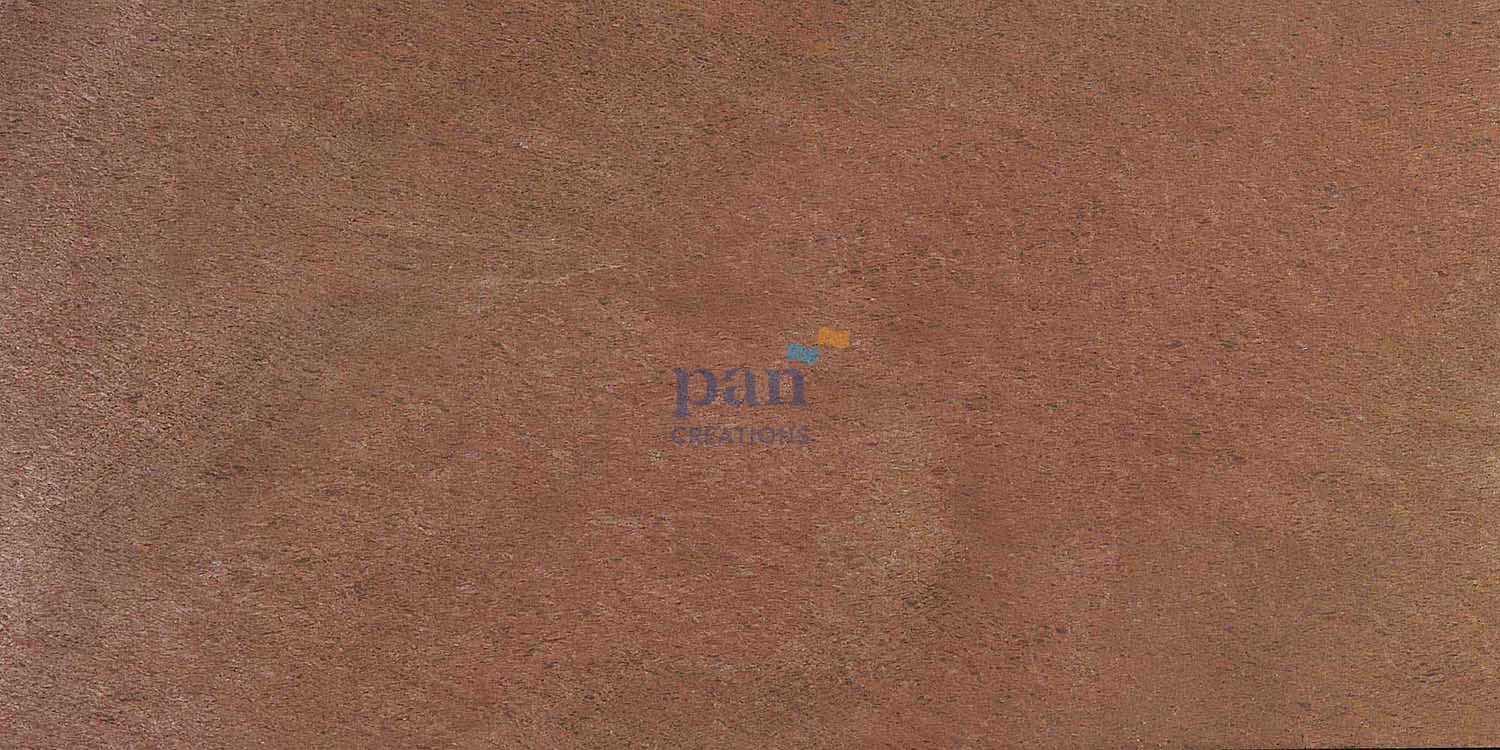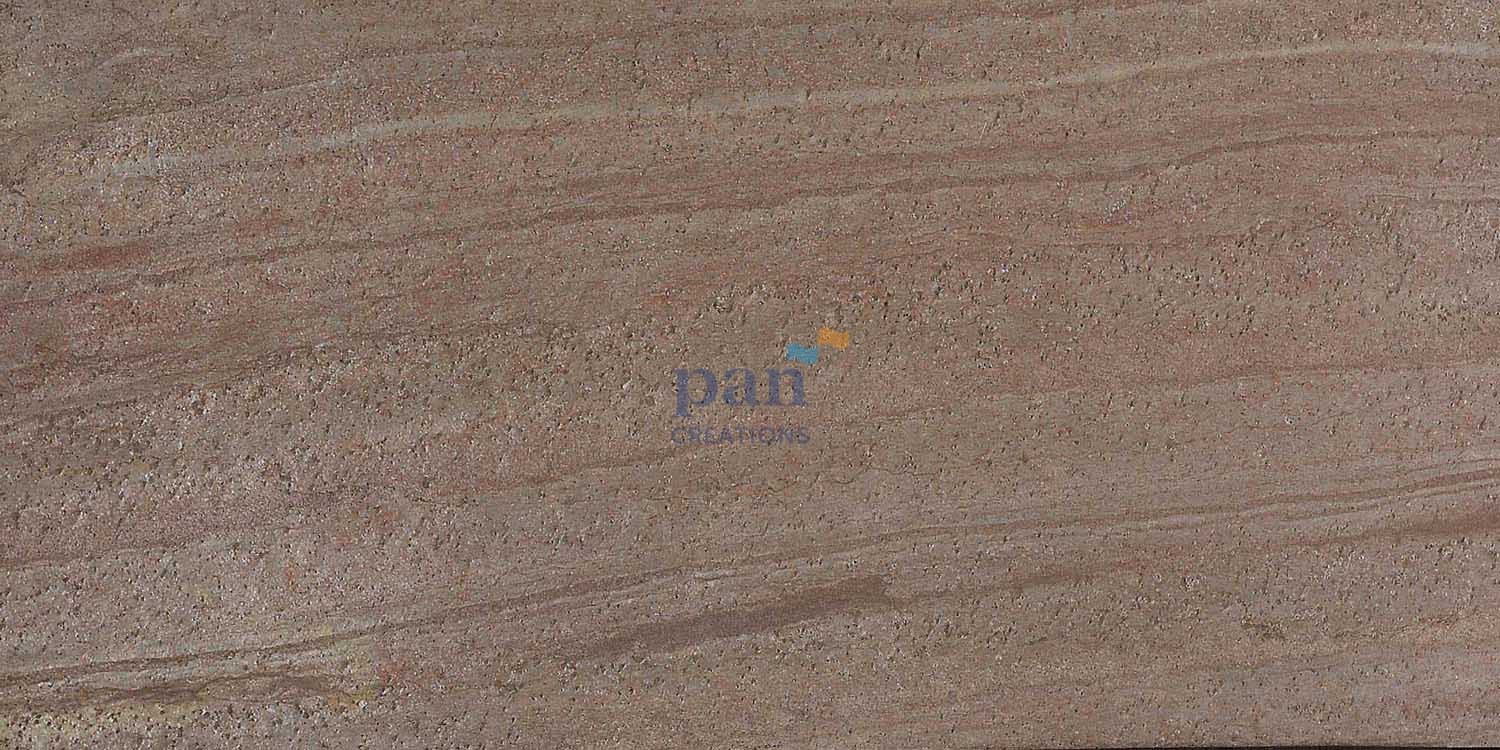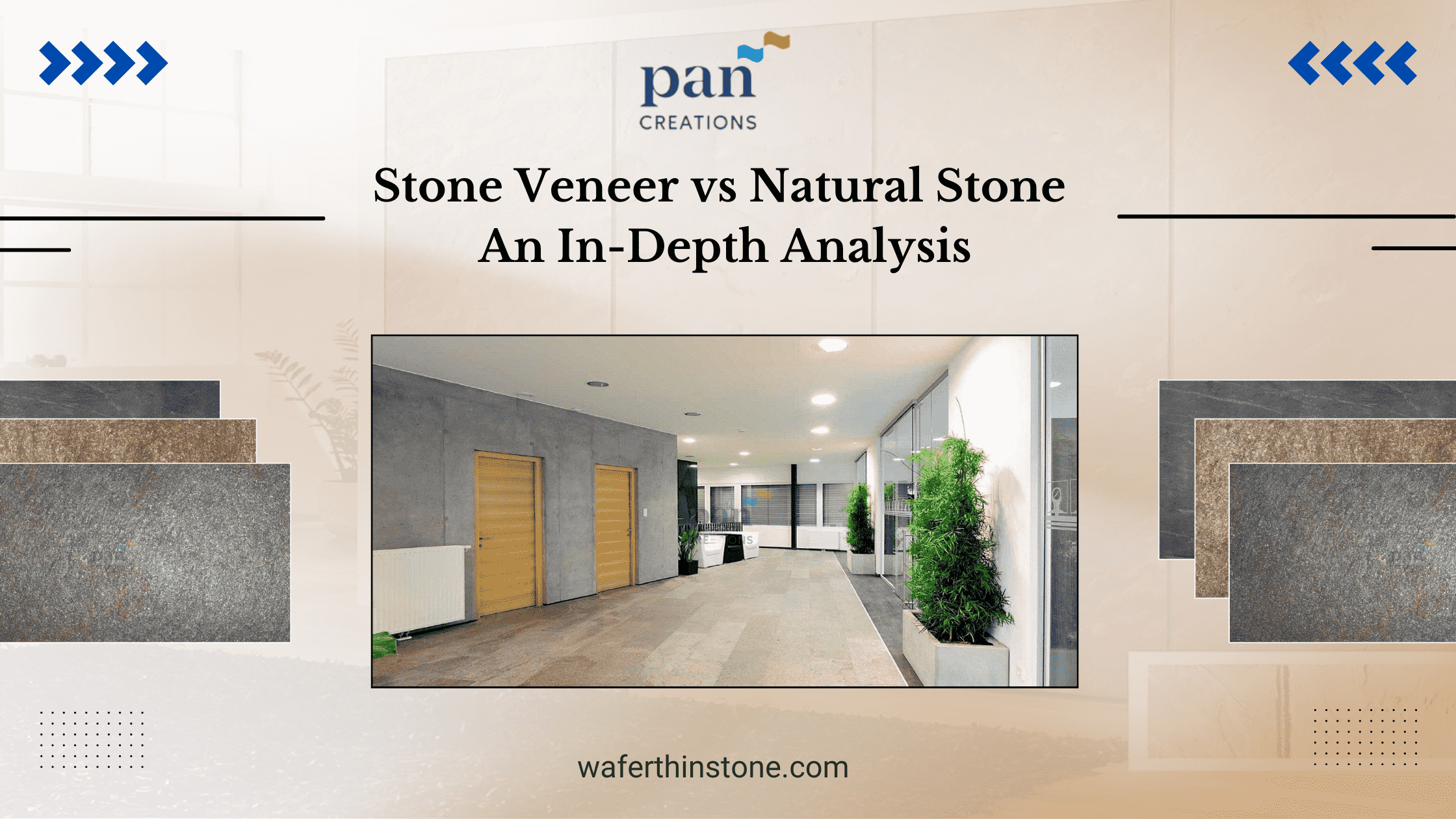Stone veneer and natural stone represent popular options for architectural and landscaping endeavors. Though initially appearing akin, notable disparities distinguish the two. In this exhaustive discourse, we shall scrutinize disparities in composition, installation, aesthetics, durability, and upkeep. By comprehending these distinctions, one can discern the optimal choice for their specific requirements.
Deciphering Stone Veneer
Stone veneer, also dubbed manufactured or faux stone, denotes a thin stone layer applied to structures to simulate natural stone. It is fashioned from a blend of concrete, lightweight aggregates, and pigments, molded and textured to emulate natural stone. Available in an array of hues, textures, and forms, stone veneer boasts extensive design adaptability and is commonly employed both indoors and outdoors in construction and landscaping endeavors.

Merits of Stone Veneer
Stone veneer offers myriad advantages over natural stone, rendering it a favored option among builders and homeowners. Key benefits include:
- Cost-Efficiency: Stone veneer presents a more economical alternative to natural stone, affording the aesthetic allure without the steep expenses linked with procuring and installing full-thickness natural stone.
- Lightness: Stone veneer is notably lighter than natural stone, facilitating easier handling and installation and potentially reducing structural support requirements.
- Versatility: The diversity in styles, hues, and shapes of stone veneer allows for expansive design latitude, suitable even for curved or uneven surfaces.
- Installation Simplicity: Installing stone veneer is often less complex and necessitates less expertise compared to natural stone, which may entail labor-intensive processes and skilled masonry.
- Minimal Upkeep: Stone veneer typically demands less maintenance than natural stone due to its lower porosity, rendering it less prone to staining and weathering.
- Environmental Considerations: Stone veneer garners acclaim for its eco-friendliness, utilizing thinner stone slices to cover larger areas and thereby mitigating the need for extensive quarrying of natural stone.
Must read: Stone Veneer Installation: A Comprehensive Guide for Architects and Builders
Decoding Natural Stone
Natural stone, as its name implies, refers to unaltered stone sourced directly from the earth, devoid of additives or color enhancements. Available in various formats such as blocks, sheets, or tiles, natural stone finds utility both structurally and decoratively.
Categories of Natural Stone Numerous types of natural stone find application in construction and landscaping endeavors, including:
- Granite: Renowned for its durability and diverse color palette, granite is a staple for countertops, flooring, and exterior cladding.
- Marble: Exuding a classic and refined allure, marble adorns flooring, countertops, and decorative elements, boasting a plethora of hues and patterns.
- Limestone: A versatile option for indoor and outdoor use, limestone is employed in flooring, wall cladding, and landscaping endeavors.
- Sandstone: Used in paving, wall cladding, and landscaping projects, sandstone has a rustic appearance.
- Slate: Known for its distinctive texture and color variations, slate is useful for projects involving roofing, flooring, and wall cladding.
Merits of Natural Stone
Natural stone presents several advantages that render it a favored choice for many builders and homeowners, including:
- Authenticity: Natural stone exudes an authentic and enduring aesthetic, with each piece showcasing unique variations, patterns, and textures.
- Durability: Natural stone generally outstrips stone veneer in durability, withstanding inclement weather conditions admirably and boasting remarkable longevity.
- Aesthetic Diversity: Natural stone’s extensive array of colors, textures, and patterns lends itself to diverse and visually striking designs.
- Value Enhancement: Regarded as a premium building material, natural stone can augment a property’s value owing to its aesthetic appeal and enduring quality.
- Environmental Considerations: While natural stone quarrying entails environmental repercussions, sustainable sourcing practices mitigate these impacts to a considerable extent.
Must read: What is the Distinction Between Laminate and Veneer?
Key Distinctions between Stone Veneer and Natural Stone
Having dissected the characteristics and advantages of both stone veneer and natural stone, let us explore the key disparities between the two.
Composition
Stone veneer comprises primarily concrete, lightweight aggregates, and pigments, engineered to mimic natural stone’s appearance while offering enhanced affordability and adaptability. In contrast, natural stone constitutes 100 percent natural material extracted directly from the earth, comprising minerals and exhibiting variable compositions contingent upon the stone type.
Thickness and weight
The most salient disparities between stone veneer and natural stone manifest in their thickness and weight. Stone veneer, notably thinner than natural stone, typically ranges from 1 to 4 inches in thickness, rendering it lighter and more manageable for installation. Conversely, natural stone may be substantially thicker and weightier, potentially necessitating additional structural support and specialized installation techniques.
Cost and accessibility
A stone veneer generally proves more cost-effective than natural stone, presenting a budget-friendly alternative without compromising on aesthetic appeal. Furthermore, stone veneer enjoys widespread availability and is readily procurable from local suppliers. Conversely, natural stone may entail higher costs attributable to the quarrying, transportation, and installation expenses, with specific stone varieties posing accessibility challenges.
Installation and Expertise Requisites
Installation of stone veneer typically entails simpler procedures and requires less specialized expertise than natural stone, facilitating DIY endeavors and professional installations alike. Adhering stone veneer to diverse surfaces using adhesive mortar renders it accessible to a broader spectrum of projects. Conversely, natural stone installation may necessitate more intricate construction techniques and skilled masonry, involving labor-intensive processes such as cutting and shaping to suit specific applications.
Aesthetics and Authenticity
While stone veneer strives to replicate natural stone’s appearance, it falls short of emulating its authenticity and tactile appeal. Natural stone, with its inherent variations and textures, offers an unmatched aesthetic allure, imparting a timeless and refined ambiance. Stone veneer, however, affords greater design versatility and a broader color and texture palette, enabling tailored design solutions.
Durability and Maintenance
Natural stone typically surpasses stone veneer in durability, enduring harsh weather conditions with aplomb and boasting longevity with proper maintenance. Although less durable than natural stone, stone veneer still offers commendable resilience, requiring minimal upkeep owing to its lower susceptibility to staining and weathering. Cleaning stone veneer typically necessitates mild detergents and vinegar, with harsh chemical cleaners best avoided.
Environmental Considerations
From an environmental standpoint, stone veneer emerges as the more sustainable option vis-à-vis natural stone. By utilizing thinner stone slices, stone veneer covers larger surface areas with the same stone quantity, thus curtailing the demand for quarried natural stone and mitigating environmental impacts. Additionally, stone veneer may incorporate recycled materials, further attenuating its ecological footprint. While natural stone quarrying poses environmental concerns, responsible quarrying practices endeavor to minimize adverse impacts.
Must read: How Long Does It Take to Fit a Full Set of Veneers?
Selecting the Appropriate Option for Your Project
When weighing the choice between stone veneer and natural stone, various factors merit consideration, including budget, design preferences, aesthetic aspirations, installation complexity, and maintenance requisites. Stone veneer presents an excellent solution for those seeking cost-effective options with ample design flexibility, streamlined installation, and minimal upkeep. Conversely, natural stone appeals to aficionados of authenticity and durability, offering an extensive palette of colors and textures for distinctive designs.

Ultimately, the selection between stone veneer and natural stone hinges on individual needs, preferences, and budgetary constraints. Consulting with professionals and suppliers proficient in these materials can furnish invaluable guidance tailored to specific project exigencies. By meticulously comprehending the disparities between the two options and assessing project requirements, one can make an enlightened decision yielding an enduring and aesthetically pleasing outcome.
Pan Creations: Your Premier Destination for Natural Stone Veneers
For superior-quality natural stone veneer, look no further than Pan Creations, India’s foremost exporter. Their repertoire encompasses limestone, sandstone, and marble veneer sheets renowned for their exceptional quality and affordability. With a diverse array of hues and textures, Pan Creations stands poised to furnish the ideal natural stone veneer for your project. Committed to sustainability and responsible sourcing, Pan Creations enables you to savor the beauty of natural stone while minimizing environmental impact. Reach out to Pan Creations today to peruse their collection and discover the perfect natural stone veneer for your architectural and landscaping endeavors.
Must read: How to Select the Ideal Stone Veneer for Fireplace?

